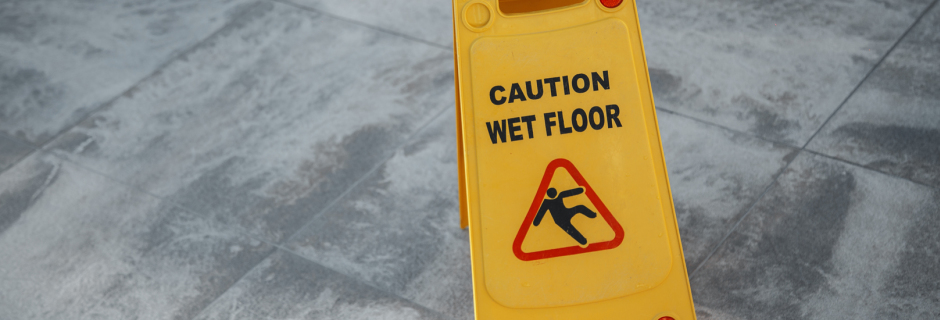
Trends in spills & absorbents:
What’s your baseline spill risk? From Safety & Health Magazine.
Oils, chemicals and water are just some of the substances that spill and lead to worker injury. Here’s what Chris Iuzzolino, director of product operations at New Pig, and Bobby D. Ennis, SPC commercial business leader for Brady Corp., had to say about containing and absorbing workplace spills.
Safety+Health: Any recent innovations in the field of spill containment/absorbents?
Iuzzolino: Recently, we’ve been focusing on absorbents that are specifically for water. When people think about leaks and spills, oils and chemicals often come to mind – but a lot of people also need to deal with water leaks and spills. Whether it’s from an industrial process, wet weather that intrudes into your facility or water from system breakdowns, there’s a large demand for absorbent mats, socks, and pillows that quickly absorb and retain water.
S+H: What do you wish employers and workers better understood about containing spills?
Ennis: It’s important that users of spill control products take the time to evaluate what their baseline spill risk is and what their normal operating needs are to make sure that they have the needed spill control materials on hand. Often, people will buy a kit and place it in a general area to use when needed, but more times than not the contents get used throughout normal operations and when a spill occurs, there’s not enough absorbent material to properly contain or clean the spill.
Iuzzolino: A 50-pound bag of clay-based loose absorbent is less expensive, but it may not be the bargain you think it is. Clay-based loose absorbents are heavy, dusty, inefficient and time-consuming. Using clay-based loose absorbents can cause respiratory and ergonomic problems for your employees as well as premature wear on engines and moving parts.
S+H: What concerns are customers coming to you with about containing spills?
Ennis: A lot of questions we get are related to disposing of used absorbents. A good standard practice is to follow the local, state and federal guidelines for the liquid that was absorbed. A good all-around practice is to place all used absorbents in a disposal bag, which should then be placed in a secondary container (such as a drum) to avoid leaking out into the ground. Iuzzolino: How big of a spill kit do I need? We recommend being prepared for your worst-case-scenario spill. However, this often means having absorbents as well as other tools and equipment, such as vacuums and pumps. Often, your most likely spill is smaller in volume than your worst-case spill would be.
Compiled with the assistance of the International Safety Equipment Association


